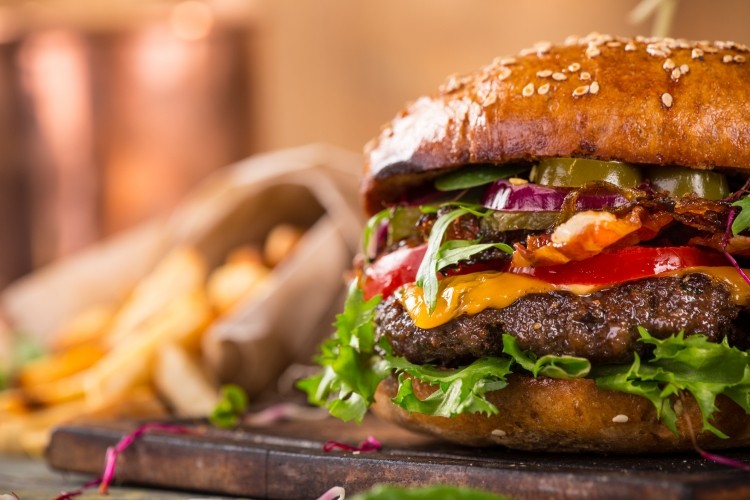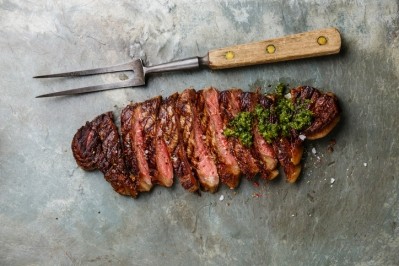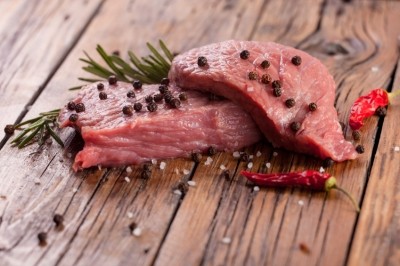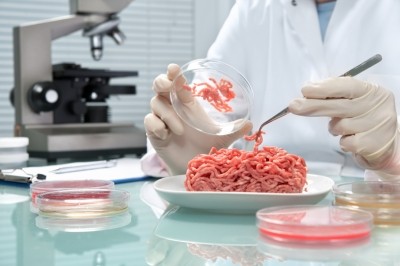'A huge economic and technical challenge': Mosa Meat CEO on scaling cultured meat production

Mosa Meat has completed a series A fundraising round that raised €7.5m and secured the backing of two industry heavy weights: Switzerland’s largest meat producer, Bell Food Group, and the VC arm of medicines and vaccines developer Merck, M Ventures.
Verstrate was satisfied with the expertise Bell and M Ventures bring to the table. "We are delighted to join forces with M Ventures and Bell Food Group to create the future of meat,” he noted.
“M Ventures brings strong experience in early-stage financing of science-based companies like ours and has added tremendous value throughout the fundraising process, while Bell Food Group brings strong downstream capabilities in meat processing and distribution. We think this is a perfect collaboration."
Mosa Meat, which was co-founded by Professor Mark Post, created the first cultured hamburger back in 2013. The Maastricht-based start-up has now set an ambitious new target: it wants to bring a commercialised lab meat product to consumers by 2021.
‘Huge economic and technical challenge’
Mosa Meat plans to use the funds raised to develop an end-to-end process for cultured meat production. This has to be delivered at “significantly” reduced cost in order to make it economically viable.
Verstrate does not shy away from the challenge. “We have done considerable work on optimising our ground beef product in the past four years. We still have some optimisation of the process, particularly in optimising the growth medium. But looking forward, our main focus is on the huge economic and technological challenge of scaling production,” he told FoodNavigator.
Initially, Mosa Meat plans to construct a pilot plant with enough capacity to serve a select number of restaurants. After 2021, the group will turn its attention to building out its capacity further still.
“In the three-year period from now until 2021 we will, in parallel with the process of regulatory approval, scale up to a size that allows us to serve a number of restaurants with a small pilot plant. We also expect to then be ready (including the required financing) to start constructing a large plant in 2021. As this is part of the development we are not sure about the metrics yet, but the plant will initially have a 10,000 to 25,000 litre bioreactor with capacity to produce over 100 tons of meat annually.”
A premium product
Bringing down the cost of production will be key. Mosa Meat plans to leverage the experience of its new partners to look at ways to reduce expenses.
Merck is a leading player in cell cultures for its medical research.
“M Ventures, being the corporate venture capital fund of Merck, is the perfect door-opener to Merck's deep expertise in culturing cells and producing high quality and scalable cell media. This is significant given that the cell media currently comprises 80% of the cost of cultured meat,” Verstrate noted.
In 2013, it cost around €240,000 to develop the first lab-grown burger. Mosa Meat thinks it can bring down the cost per unit of products made in the pilot plant to €9, with further savings to follow.
“The modelling that we have conducted predicts that, by scaling our current technology, we can bring the price down to around €9 for a hamburger. And then, by improving certain efficiencies and mainly with scaling of the production of the growth medium (the food for the cells), we can bring the price down further to supermarket level,” Verstrate predicted.
Researching 3D structures
Mosa Meat is focusing its efforts on ground beef and its first product will “most likely” take the form of a hamburger.
“We are focusing on ground products initially (which make up 50% of the total meat market) because this technology is currently more feasible,” Verstrate explained.
Mosa Meat believes that lab meat will be the “future of meat” because it enables meat consumption without the significant environmental implications of livestock rearing.
Twenty-six percent of the Planet's ice-free land is used for livestock grazing and 33% of croplands are used for livestock feed production. Around one-seventh of all greenhouse gas emissions now come from meat production alone.
“We are focusing on beef because cows are the most inefficient links in production (chickens are four times more efficient). Cows therefore use the most resources and contribute the most greenhouse gas emissions,” Verstrate noted.
Even as Mosa Meat works to scale up production, Verstrate said the company will not take the foot off the gas when it comes to research and development. The group’s next target in this area is to begin work on developing muscle tissue.
“It is a more significant scientific challenge to create a 3D structure such as a steak. In parallel [to scaling up ground beef production] we are beginning research into developing steaks and other 3D structures.”



















